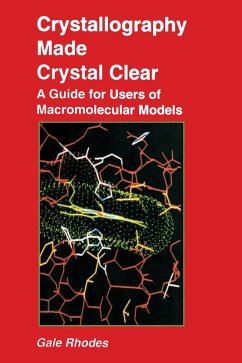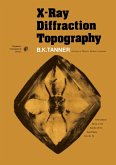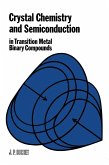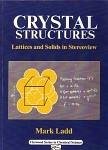Provides accessible descriptions of principles of x-ray crystallography, built on simple foundations for anyone with a basic science background
Leads the reader through clear, thorough, unintimidating explanations of the mathematics behind crystallography
Explains how to read crystallography papers in research journals
If you use computer-generated models of proteins or nucleic acids for:
Studying molecular interactions
Designing ligands, inhibitors, or drugs
Engineering new protein functions
Interpreting chemical, kinetic, thermodynamic, or spectroscopic data
Studying protein folding
Teaching macromolecule structure,and if you want to read new structure papers intelligently; become a wiser user of macromolecular models; and want to introduce undergraduates to the important subject of x-ray crystallography, then this book is for you.
Dieser Download kann aus rechtlichen Gründen nur mit Rechnungsadresse in A, B, BG, CY, CZ, D, DK, EW, E, FIN, F, GR, HR, H, IRL, I, LT, L, LR, M, NL, PL, P, R, S, SLO, SK ausgeliefert werden.









